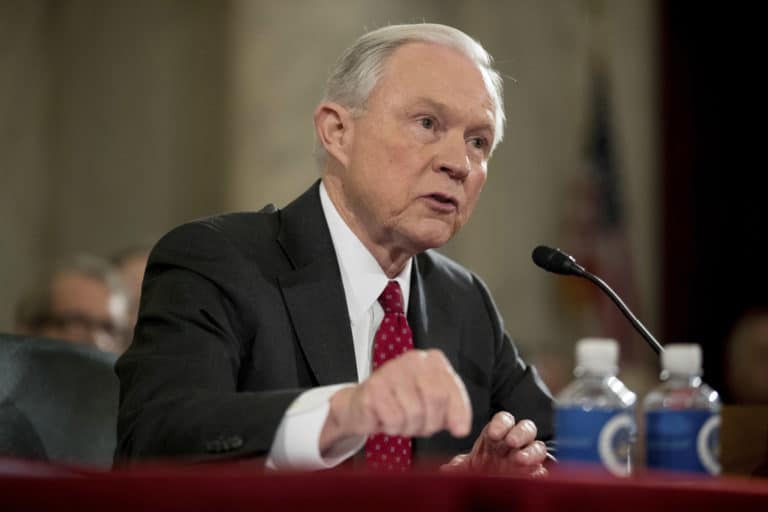 “What about the children?” That is a slogan that cannabis opponents like Kevin Sabet might as well put on a t-shirt and wear to every speaking engagement that they attend. If cannabis laws are reformed, a spike in youth cannabis consumption of epidemic proportions will immediately follow according to opponents. Their reasoning is that cannabis reform will increase access to cannabis, and that the legal cannabis will inevitably get into the hands of youth. Never mind the fact that a legal, regulated industry has age and identification requirements, compared to the black market which has no regulations whatsoever. It’s the ‘go-to’ argument that cannabis opponents rely on early and often during their rants.
“What about the children?” That is a slogan that cannabis opponents like Kevin Sabet might as well put on a t-shirt and wear to every speaking engagement that they attend. If cannabis laws are reformed, a spike in youth cannabis consumption of epidemic proportions will immediately follow according to opponents. Their reasoning is that cannabis reform will increase access to cannabis, and that the legal cannabis will inevitably get into the hands of youth. Never mind the fact that a legal, regulated industry has age and identification requirements, compared to the black market which has no regulations whatsoever. It’s the ‘go-to’ argument that cannabis opponents rely on early and often during their rants.
A recent study was conducted that looked at teen cannabis consumption rates after medical cannabis laws were reformed in particular states. The study found that not only was there not proof of a spike in teenage consumption rates, but that the results suggest there may have even been a decrease in consumption rates. Per Fire Dog Lake:
A new NBER Working Paper from D. Mark Anderson, Benjamin Hansen, and Daniel I. Rees examined what happened to marijuana use rates among minors after states legalized medical marijuana. They found the data didn’t indicate medical marijuana legalization laws increased teen consumption and there might actually be a small negative correlation. From the paper’s conclusion:
Our results are not consistent with the hypothesis that the legalization of medical marijuana caused an increase in the use of marijuana among high school students. In fact, estimates from our preferred specification are small, consistently negative, and are never statistically distinguishable from zero. Using the 95 percent confidence interval around these estimates suggests that the impact of legalizing medical marijuana on the probability of marijuana use in the past 30 days is no larger than 0.8 percentage points, and the impact of legalization on the probability of frequent marijuana use in the past 30 days is no larger than 0.7 percentage points.
Medical cannabis laws are obviously different in many ways than adult-use cannabis laws, but there are some underlying principles that are the same for the purpose of this article. Both create rules and regulations surrounding the cultivation, possession, and transfer of cannabis. If legalizing cannabis sales for medical purposes doesn’t increase consumption rates amongst teens, than it’s fair to reason that the same would be true for recreational cannabis sales.
Both types of sales have an age requirement, both types of sales require I.D., and both types of sales have rules prohibiting cannabis from being transferred to minors, with the exception that medical cannabis can be provided to minors if they themselves are a patient, and only with the consent of a doctor, the parent, and under strict circumstances. Transferring cannabis to a minor is strictly prohibited. Early reports out of Colorado demonstrate that legalization for adults over 21 hasn’t increased use, as teen use as actually dropped since the state legalized use by adults over 21. We have had great success as a nation decreasing teen use of tobacco thru regulation, taxation and education. It appears that we can mimic that success with cannabis regulation as well.








